Self-Help
Why Colouring Books Are Red Hot In Self-Help Right Now
A look at colouring as therapy: how does it help to reduce anxiety and stress?
Posted August 3, 2015
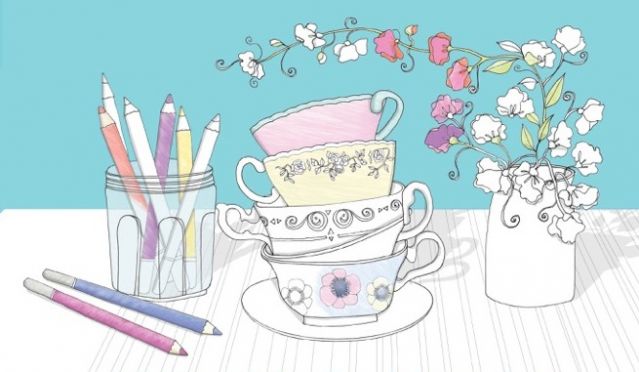
These days it's widely acknowledged that we're more stressed than ever. A recent survey by the Mental Health Foundation found that nearly 50% of us struggle to switch off from work, and nearly two thirds are keen to partake in activities that might help them unwind. Certainly the world and his proverbial wife seem to be reaching for their colouring* pencils or brush pens in a bid to feel calm.
Sales figures of adult colouring books are nothing short of gobsmacking: the UK's largest high street chain of bookshops, Waterstones, saw a 300 per cent rise in colouring book sales between 2013 and last year, and Joanna Basford's The Secret Garden topped the Amazon charts in the US and Canada for months on end. Although according to Publishers Weekly the trend actually started in France with the publication of Art-thérapie: 100 Coloriages anti-stress in 2012, it's now a globabl phenomenon - in Brazil an incredible one in six books sold last month was a colouring book.
In the online support group for anxiety sufferers I help run on Facebook, numerous members report they find colouring beneficial and our wall is chock full of painstakingly coloured pictures, but what – exactly – is it that colouring does to our brains that makes it so therapeutic?
Colouring stops us from overthinking
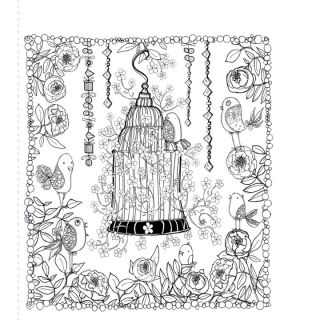
For a start, colouring is “mind-fullness” made manifest. When we are colouring, the mind is filled with an activity. This means we stop focusing on the past (which is often associated with depression) and future (a common tendency of the over-anxious) and become present to the here and now.
Even if what we're experiencing is milder, day-to-day worry, it's still good not to overthink too much, and when we concentrate on colouring, we are not able to dissect or churn over anything else. Contrary to common belief, it isn't actually possible to think of two things exactly the same time. Instead what happens is the mind darts from one to another, and it is this which often leaves us feeling frazzled and intellectually dissatisfied.

Colouring can help reduce the production of adrenaline
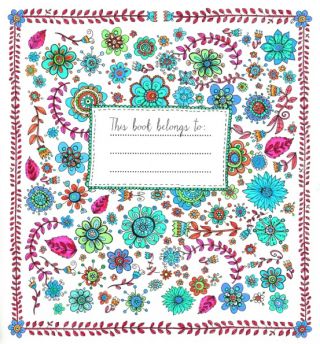
Colouring is not a passive act: we need to make creative decisions about which colour to choose and as we focus on not going over the lines, our minds and bodies become more relaxed. Relaxation lowers the activity of the amygdala, a part of the brain that is affected by stress. Thus many of the physical responses that stem from the release of adrenaline are diminished when we colour: heart rate slows, breathing becomes less frenetic, blood flows to the stomach so food can be digested more easily – the list goes on. And as we become physically less charged, so our thinking becomes less panicky, and vice versa. The result is that colouring can help turn the vicious circle where anxiety begets more anxiety into a benign one that promotes calm.
Each of us is attracted to certain colours for complex reasons
Whilst certain colours broadly align with specific traits – red is associated with danger, purple with sophistication, brown with ruggedness and so on – personal experiences, upbringing, cultural difference and context all add nuance to what various shades mean to us individually. We can also use colours to connect with our emotions and opt for particular shades to reflect our mood.
Colouring makes us feel small, in a good way
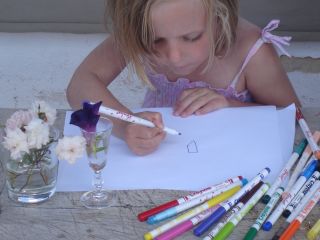
Is colouring a pastime you remember from your childhood? (I do!) Perhaps you have children and they do it now. In either case, whilst colouring means we don't ruminate as much on the past, in many ways it allows us as adults to become children once more. There's something reassuring and comforting about picking up real pens and paper again – especially when our lives are so dominated by screens and mice and keyboards.
"We don't stop playing because we grow old, we grow old because we stop playing." George Bernard Shaw
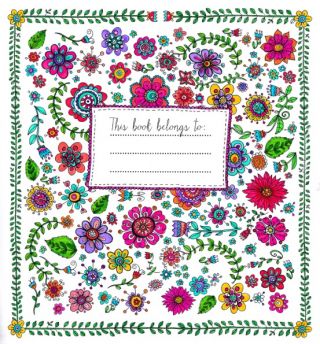
'I've been colouring since 2009,' says one online group member, Zara Pemberton. 'It's rewarding, I can zone out and have some colour therapy all at the same time.'
'When I was feeling really unwell last year, I was incapable of concentrating for more than a few minutes,' says Vicki Turner. 'I found I had to focus on the task in hand, and colouring helped me overcome procrastination in small, manageable steps and thereby improve decision making.'
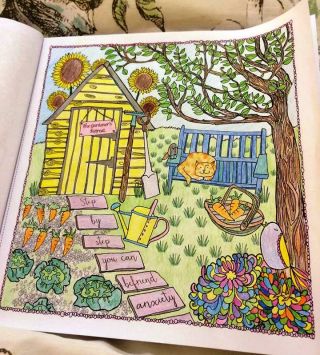
An ancient art?
In our enthusiasm for colouring, however, let's not kid ourselves that we are the first generation to dream up art therapy. Long before colouring books started outselling cookery, the great Swiss psychiatrist, Carl Jung, saw that drawing might aid self-exploration. In the early 20th century he did this through mandalas – designs which use concentric lines and circles and have their origins in India. He saw them as ‘the psychological expression of the totality of the self’ and since then research has provided some backing for his theory. Infants are born with a desire to look at circles, probably because the ability to seek out circular, face-like stimuli helps them to bond with their care givers. For a baby, a circle will come forward out of a confusing mass of random visual input and be recognized as something known and familiar.
Certainly it seems no coincidence that colouring is enjoying a renaissance amongst adults - not only does concentrating in this way replace negative thoughts with positive ones (you're making something - whoop!), it's a form of active meditation. By focusing the mind on simple tasks that require repetitive motion, it creates a sense of state of peace, and many people who have a difficult time with concentrative meditation (that'll be me then!) can find these sorts of activities easier.
'It takes me away to a world of my own, a dreamy imaginative place where I feel a sense of peace,' says online group member Caroline Milner. 'It doesn't matter how much I get done or how much time I have to devote to it, colouring still gives me a sense of achievement. I'm not particularly artistic but with a colouring book, I can be,' says Danielle Lucas.

Other pursuits can be calming too
The good news is that colouring is not the only activity to possess many of these therapeutic qualities. Obviously it has a lot in common with painting and drawing, but there are dozens of activities that have a similar calming effect.
Tapestry, for instance, also stimulates brain areas related to motor skills, and entails filling in gaps with colour – it's virtually colouring-in with thread – and samples of Greek tapestry have been found dating from the third century BC. Embroidery, patchwork, knitting, crochet – each of these forms of needlework involves playing with pattern and making creative choices with colour and thread, and all have been with us for centuries. So perhaps colouring isn't just a passing phase that's red hot right now, but rather a connection with our ancient forebears.
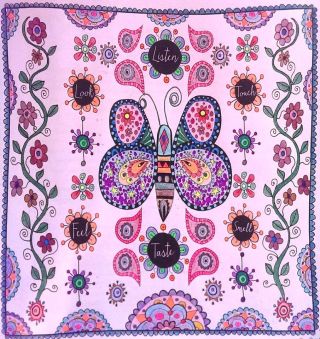
Personally, I hope it remains popular. I loved putting together my latest offering, a colouring book with the illustrator, Jules Miller, and I'm keen to do another. My own mood seems better as a result of spending time on it, and so, Jules says, is hers. We might even claim to be less blue as a result, except blue is a colour we both like.

***
* I appreciate across the pond you spell the word 'colour' with no 'u' so if you're reading this in the US or Canada, please forgive my use of 'colour' throughout this piece. I'm a Brit, so it feels 'right' to me.




